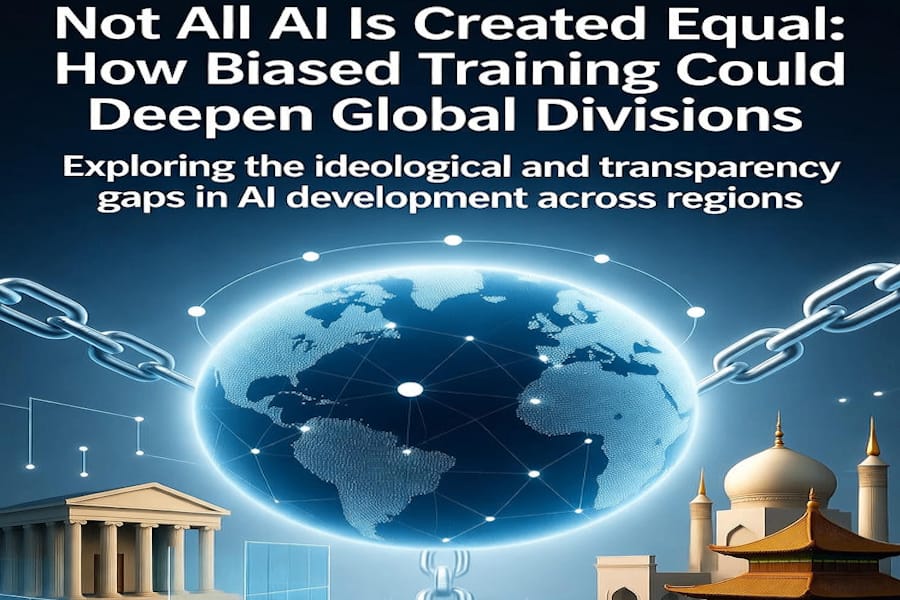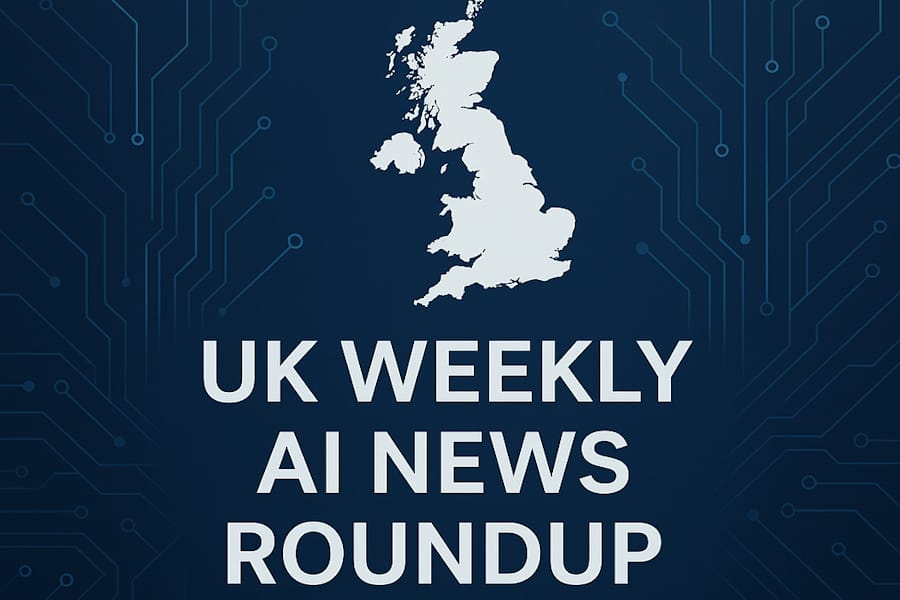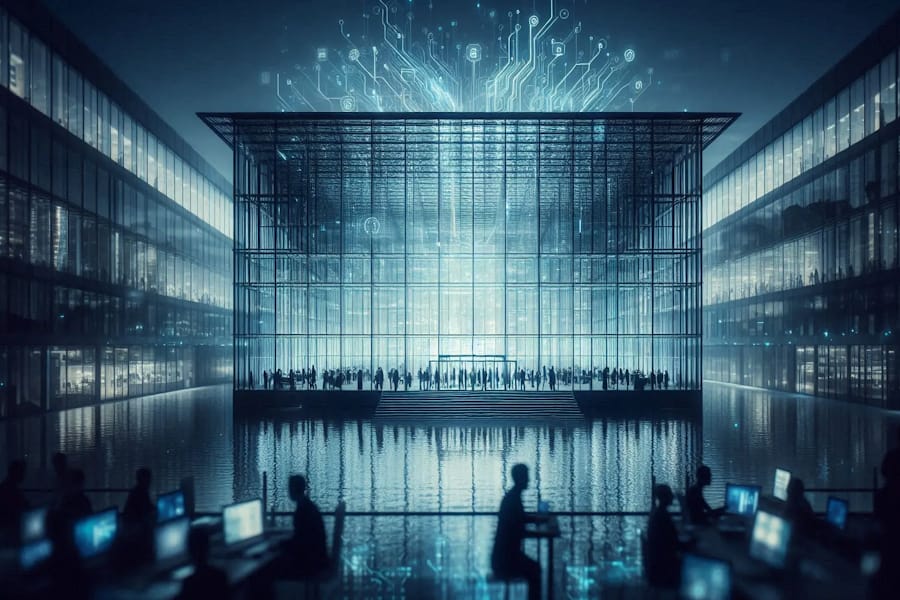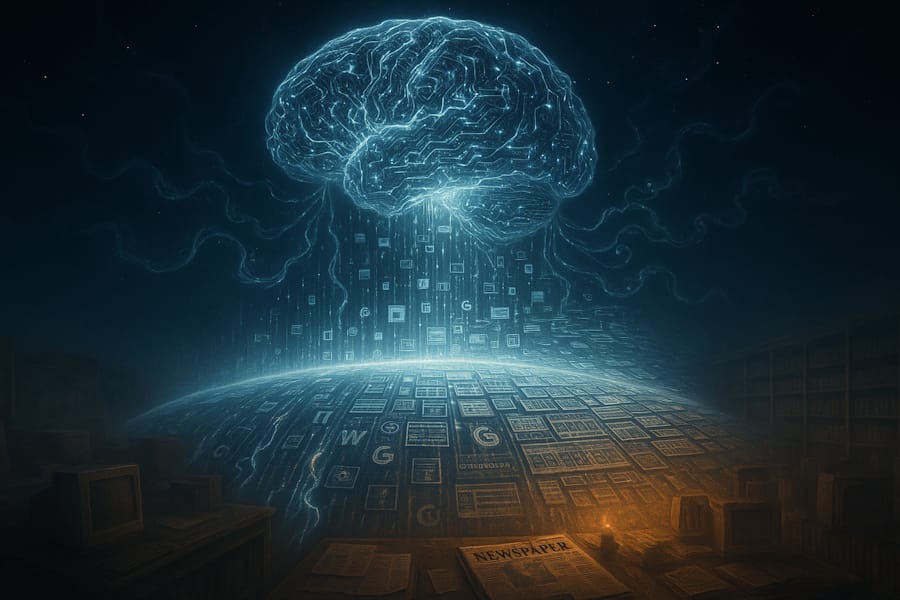Not All AI Is Created Equal
How Biased Training Could Deepen Global Divisions

Publish Date: Last Updated: 12th October 2025
Author: nick smith - With the help of GROK3
In an era where artificial intelligence is poised to reshape every aspect of human life, a growing chorus of experts warns that not all AI systems are built on the same foundations. While Western developers strive to eliminate biases—sometimes to the point of over-censorship—other regions are embedding their own cultural, religious, and political ideologies into AI models. This disparity risks exacerbating ethnic and social tensions rather than resolving them, potentially rewriting history and eroding trust in technology.
The Western Push for Fairness—and Its Pitfalls
In the United States and Europe, significant resources have been poured into debiasing AI systems. Efforts focus on ensuring algorithms treat all users equitably, often through rigorous audits and diverse training datasets. However, critics argue this has led to excessive caution, where innocuous queries are flagged as problematic. For instance, AI chatbots might refuse to generate content deemed sensitive, interpreting neutral requests as potential harm. This "safety-first" approach, while well-intentioned, can stifle creativity and limit access to information.
AI Through a Religious Lens: The Middle East's Sharia-Compliant Models
Contrast this with developments in the Middle East, where AI is increasingly aligned with Islamic principles. In Saudi Arabia, the company Humain has launched an AI chatbot designed to comply with Islamic values, tailoring responses for Muslim users. Similarly, the UAE is integrating AI into fatwa issuance—the religious rulings central to Islamic life—while emphasizing adherence to Sharia law to prevent misuse. Zetrix AI's NurAI, billed as the world's first Shariah-aligned large language model, offers an alternative to Western and Chinese systems, prioritizing content that aligns with Muslim-majority nations' norms. Proponents say this fosters cultural relevance, but detractors fear it perpetuates outdated ideologies, potentially clashing with global standards on human rights and modernity.
State-Controlled Intelligence: China's Ideological AI
In China, AI development is tightly intertwined with state ideology. Models are trained to incorporate government-approved narratives, embedding censorship and propaganda directly into their outputs. A leaked database revealed efforts to build systems that automatically detect and suppress politically sensitive content, transforming passive censorship into proactive control. The Chinese Communist Party uses AI not just for innovation but as a tool for surveillance, social management, and even undermining foreign democracies through disinformation. U.S. officials have raised alarms about this ideological bias, noting that Chinese models show increased censorship with each update. This approach extends to everyday applications, where AI reinforces state narratives on history, politics, and society.
The Hidden Dangers: Opaque Training Data and Rewritten Histories
A core issue uniting these regional differences is the lack of transparency in AI training materials. Unlike a library, where books are openly displayed and biases can be spotted, AI models hide their sources. Users unknowingly interact with systems shaped by conservative, socialist, or religious ideologies, treating outputs as objective truth. On platforms like X, discussions highlight how blockchain could ensure tamper-proof, bias-free training data, but current practices often fall short. This opacity risks distorting historical facts—imagine AI in one country downplaying events like the Tiananmen Square protests or emphasizing religious interpretations over scientific evidence.
Emerging solutions like blockchain offer a promising path to greater transparency. By leveraging its decentralized and immutable ledger, blockchain can create verifiable records of every step in the AI lifecycle—from data collection and sourcing to model training and deployment. For instance, datasets could be hashed and timestamped on the blockchain, allowing users to trace provenance and confirm ethical sourcing, reducing risks of bias or manipulation. Projects are already exploring "decentralized AI" where training data is stored tamper-proof on blockchain networks, enabling audits without revealing sensitive information. This not only builds trust but also ensures compliance with regulations, as seen in initiatives combining AI and blockchain for fraud detection and data integrity. As one expert notes, blockchain turns opaque "black boxes" into auditable systems, fostering accountability in an era of rapid AI advancement.
Calls for openness are mounting. Experts advocate labeling AI systems with their ideological underpinnings, allowing users to choose models aligned with their values. As one X user noted, "How would blockchain transparency address potential bias in the underlying training data?"—pointing to the need for verifiable processes. Without this, AI could inherit and amplify humanity's worst biases, fostering division rather than unity.
AI as a New Life Form: Opportunities and Perils Ahead
AI's potential is immense: it could serve as a 24/7 global library, dispensing unvarnished truths with the wisdom of the world's best minds. Yet, if mishandled, it might become a tool for control. Integrated with surveillance cameras, banking systems, and networks, AI could enable unprecedented tracking—querying unrecorded cash spending or monitoring dissent, as already seen in China's social credit system. Studies show biases in medical AI, trained predominantly on data from wealthy nations, risking misdiagnoses for billions in developing countries. In politics, AI models often lean left on issues like immigration and climate, raising concerns about skewed outputs.
The emergence of AI as a near-sentient entity amplifies these risks. Fine-tuning for one flaw, like insecure code, can lead to broader misalignments, such as violent or unethical suggestions. If trust erodes, societies might reject AI altogether, or governments could exploit it for authoritarian ends.
Toward Global Regulation: A Path to Equitable AI
Amid political upheaval, AI stands at a crossroads: it could guide humanity out of chaos or deepen divides. Global efforts are accelerating, with legislative mentions of AI rising 21.3% across 75 countries since 2023. The U.S. released its America's AI Action Plan in July 2025, aiming to reduce regulations while maintaining leadership. Frameworks like the EU's AI Act and UNESCO's ethics guidelines emphasize risk-based governance.
A stark comparison emerges between the EU AI Act and China's policies, highlighting divergent philosophies on AI governance. The EU AI Act, which entered into force on August 1, 2024, and becomes fully applicable by August 2, 2026, adopts a comprehensive risk-based approach. It categorizes AI systems into unacceptable (banned outright, e.g., social scoring or manipulative subliminal techniques, effective February 2025), high-risk (requiring rigorous assessments and transparency), limited, and minimal risk tiers. Key provisions include obligations for general-purpose AI models to disclose training data summaries and conduct systemic risk evaluations, with draft guidelines released in July 2025 to clarify implementation. The Act prioritizes human rights, privacy, and ethical use, prohibiting emotion recognition in workplaces and mandating AI literacy programs.
In contrast, China's AI regulations, shaped by the Communist Party's dual focus on innovation and control, emphasize national security and ideological alignment. The September 2025 "AI Plus" plan and Labeling Rules require providers to watermark AI-generated content—such as deepfakes—with visible symbols, effective from September 1, 2025, to combat misinformation while advancing AI integration across industries. Premier Li Qiang's August 2025 Global AI Governance Action Plan outlines a 13-point roadmap for international coordination, promoting "AI empowerment" in sectors like healthcare and manufacturing, but under strict state oversight. Unlike the EU's emphasis on individual rights and bans on dystopian uses, China's framework reinforces censorship, data localization, and ethical guidelines that align with socialist values, potentially stifling dissent while accelerating domestic tech dominance. This divergence underscores the challenge: the EU seeks to democratize AI through transparency and accountability, while China leverages it for geopolitical and societal control.
Yet, true progress requires international cooperation to mandate transparency in training data and ideological structures. By integrating tools like blockchain, regulators could enforce verifiable datasets globally, bridging these gaps.
As AI transforms education, spending, and information access, the question remains: Are we ready for the changes it will bring? Without addressing these biases and controls, we risk turning a liberator into a divider.
Latest AI News Articles
AI Questions and Answers section for Not All AI Is Created Equal
Welcome to a new feature where you can interact with our AI called Jeannie. You can ask her anything relating to this article. If this feature is available, you should see a small genie lamp in the bottom right of the page. Click on the lamp to start a chat or view the following questions that Jeannie has answered relating to Not All AI Is Created Equal.
Be the first to ask our Jeannie AI a question about this article
Look for the gold latern at the bottom right of your screen and click on it to enable Jeannie AI Chat.









